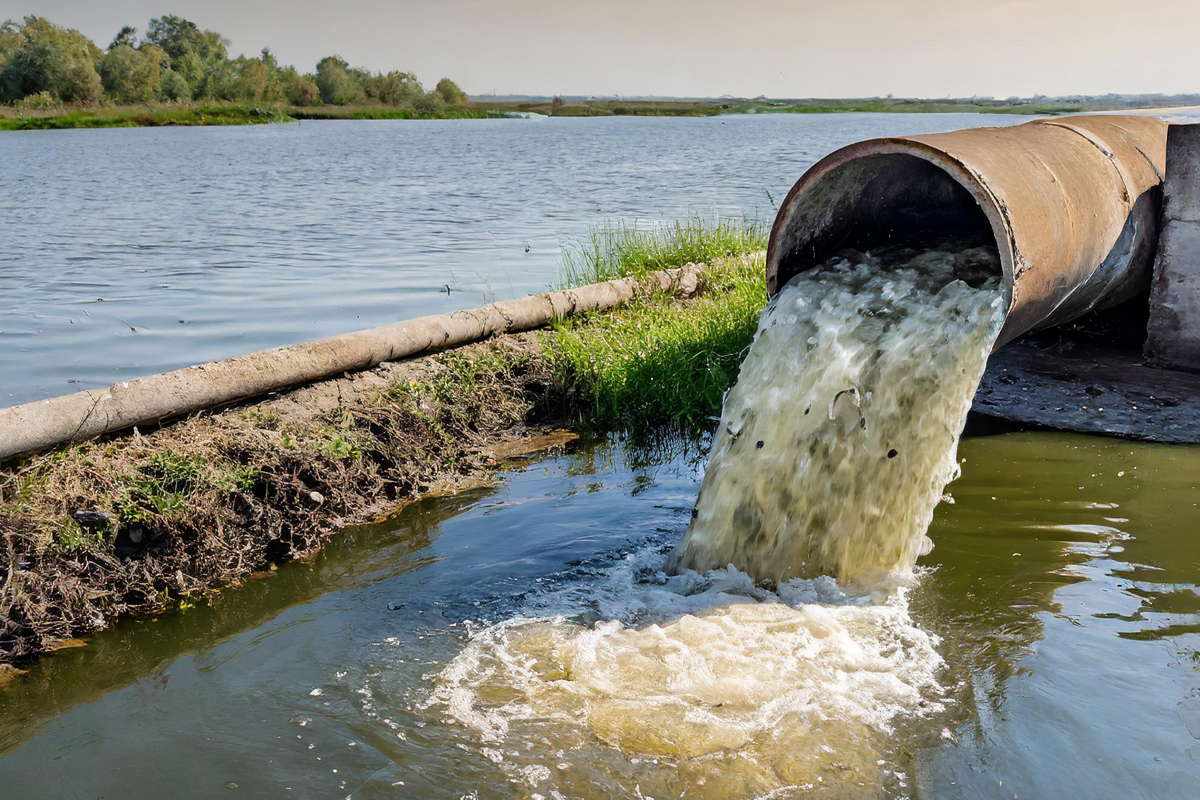Wastewater monitoring offers reliable health data

If you want to know whether COVID-19 infections are rising or falling, look to the sewers. Wastewater monitoring (also known as wastewater surveillance or wastewater-based epidemiology) offers a novel way to monitor the health of a population as a whole.
Today, wastewater is the only timely source of information on COVID-19 available, and it’s what officials at the Centers for Disease Control and Prevention and World Health Organization turn to when assessing the risk of disease transmission.
The rapid rise in wastewater research during the pandemic has yielded several new insights about this innovative approach to public health surveillance. Below are four key features of wastewater monitoring that address some commonly held misconceptions.
First, wastewater monitoring is a proven, reliable method to track COVID-19 trends. In 2021-2022, when case data were being consistently reported, the N.C. DHHS’ wastewater dashboard showed that trends in wastewater viral concentrations and case counts aligned. In fact, analyses my colleagues and I conducted using data from the North Carolina Wastewater Monitoring Network revealed incredibly strong correlations between wastewater and case data in Buncombe and Jackson counties (estimated at 0.8 to 0.9 on a scale of 0 to 1).
Second, wastewater monitoring provides early warnings for new disease outbreaks, variants and health threats. SARS-CoV-2 concentrations in wastewater often uptick days to weeks before corresponding upticks in COVID-19 case counts. That’s because people shed the virus in their stools days before they may exhibit symptoms and get tested, if they do at all. For this reason, wastewater is considered a leading indicator of infections, while cases and hospitalizations are lagging indicators. In terms of practical value, wastewater monitoring has been used to contain outbreaks in college dorms; modify treatment approaches in hospitals as the dominant variant shifted from Delta to Omicron; and identify emerging health threats like poliovirus, mpox, cholera and high-risk substances such as fentanyl and xylazine.
Third, wastewater data offer a more complete picture of infections in a community than case counts or hospitalizations. Wastewater monitoring automatically includes people regardless of whether they get tested or have the means to visit a doctor. Moreover, the data capture asymptomatic infections (which, by some estimates, account for 40% of all COVID-19 infections), as well as infections among tourists who might be contributing to local transmission (but who would not be reflected in local case counts).
Related Items
Fourth, wastewater data provide a representative sample of WNC residents. Like with U.S. Census data, wastewater monitoring provides insights about an entire community using a sample of the population (even the CDC-led National Wastewater Surveillance System covers only 40% of the U.S. population). Although North Carolina has one of the highest rates of unsewered populations, estimated at roughly 50% statewide, research we’ve done in collaboration with the N.C. Department of Health and Human Services confirms that wastewater data collected by the state effectively represents countywide and statewide residents, including those served by septic systems. Importantly, if people’s homes are not connected to a sewer system, their infections can still be captured in wastewater data if they use public restrooms in sewered facilities (for example, at work or retail locations).
On a final note, because wastewater monitoring offers a cost-effective way to collect non-identifiable data, it holds particular value for rural communities, where resources and data can be sparse. Over the past three years, wastewater data have helped shape public health messaging and pandemic response here in Western North Carolina and across the country. What’s most exciting is that we’ve only just begun to tap into this priceless information stream that flows freely beneath our feet.
(Aparna Keshaviah is the Director of Wastewater Research at Mathematica — a data and analytics consultancy — where she conducts wastewater research in collaboration with state and local governments (including in Jackson and Haywood counties), foundations (such as The Rockefeller Foundation), and multi-national organizations (including the World Bank). She resides in Haywood County. This email address is being protected from spambots. You need JavaScript enabled to view it..)













